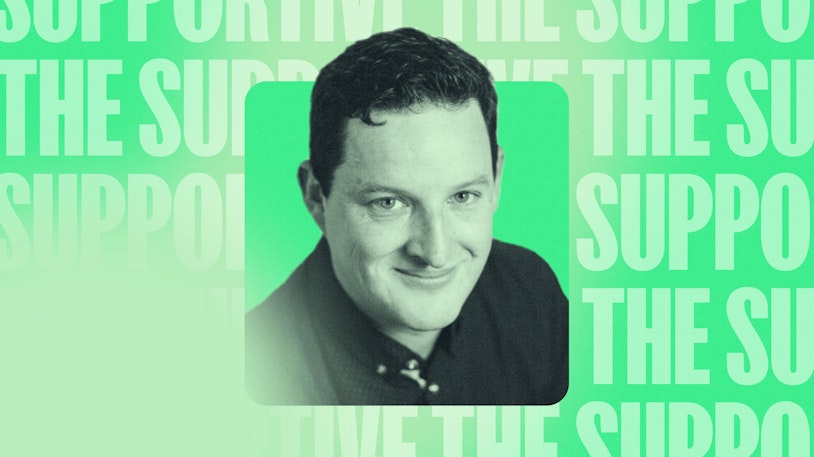Applying for a Job? Be Intelligent, Not Artificial
Job seekers are under an immense amount of pressure, but does that mean that they should outsource the application process to AI? Help Scout VP of People, Leah Knobler, weighs in.

Job seekers are under an immense amount of pressure, but does that mean that they should outsource the application process to AI? Help Scout VP of People, Leah Knobler, weighs in.



